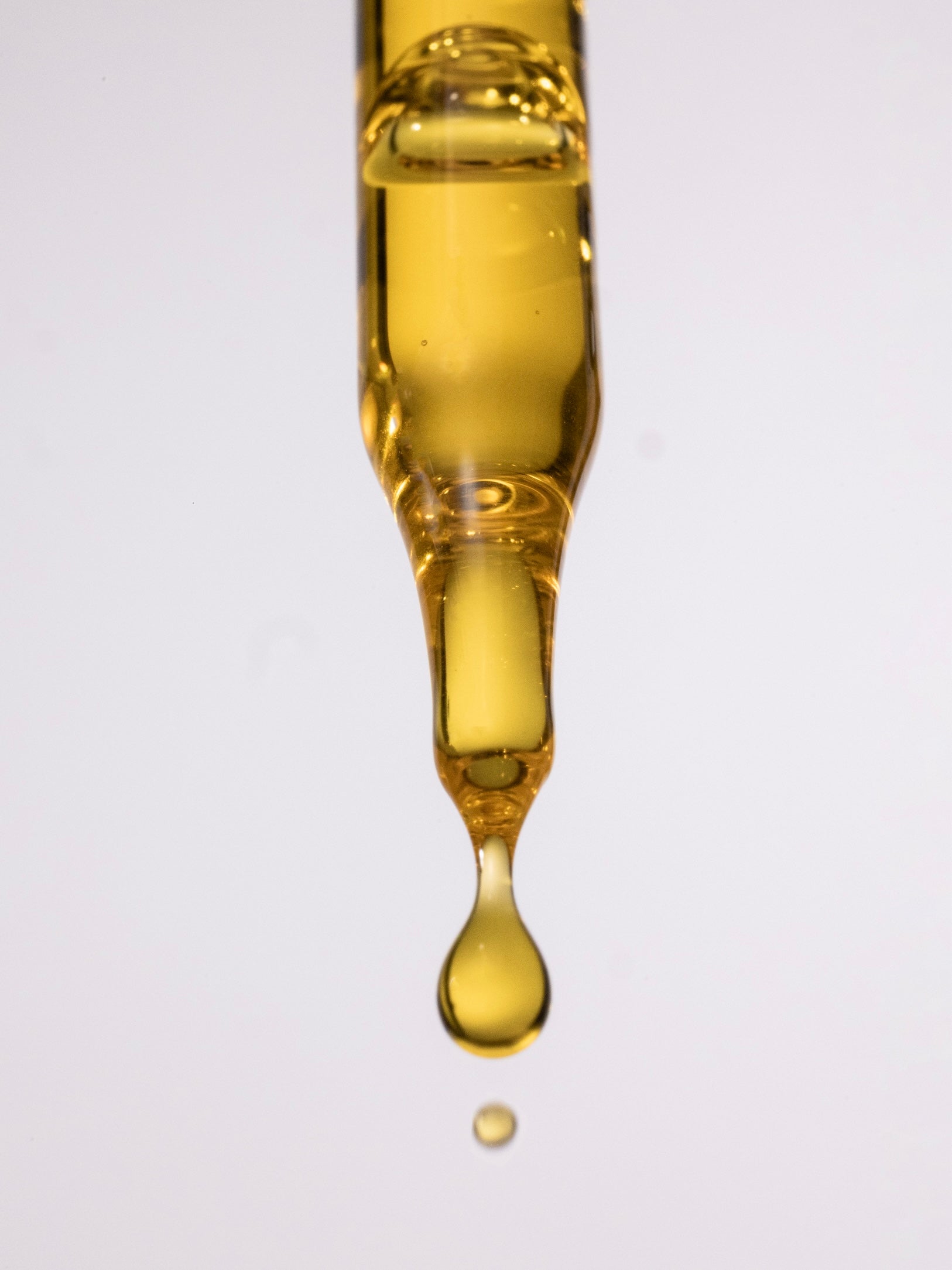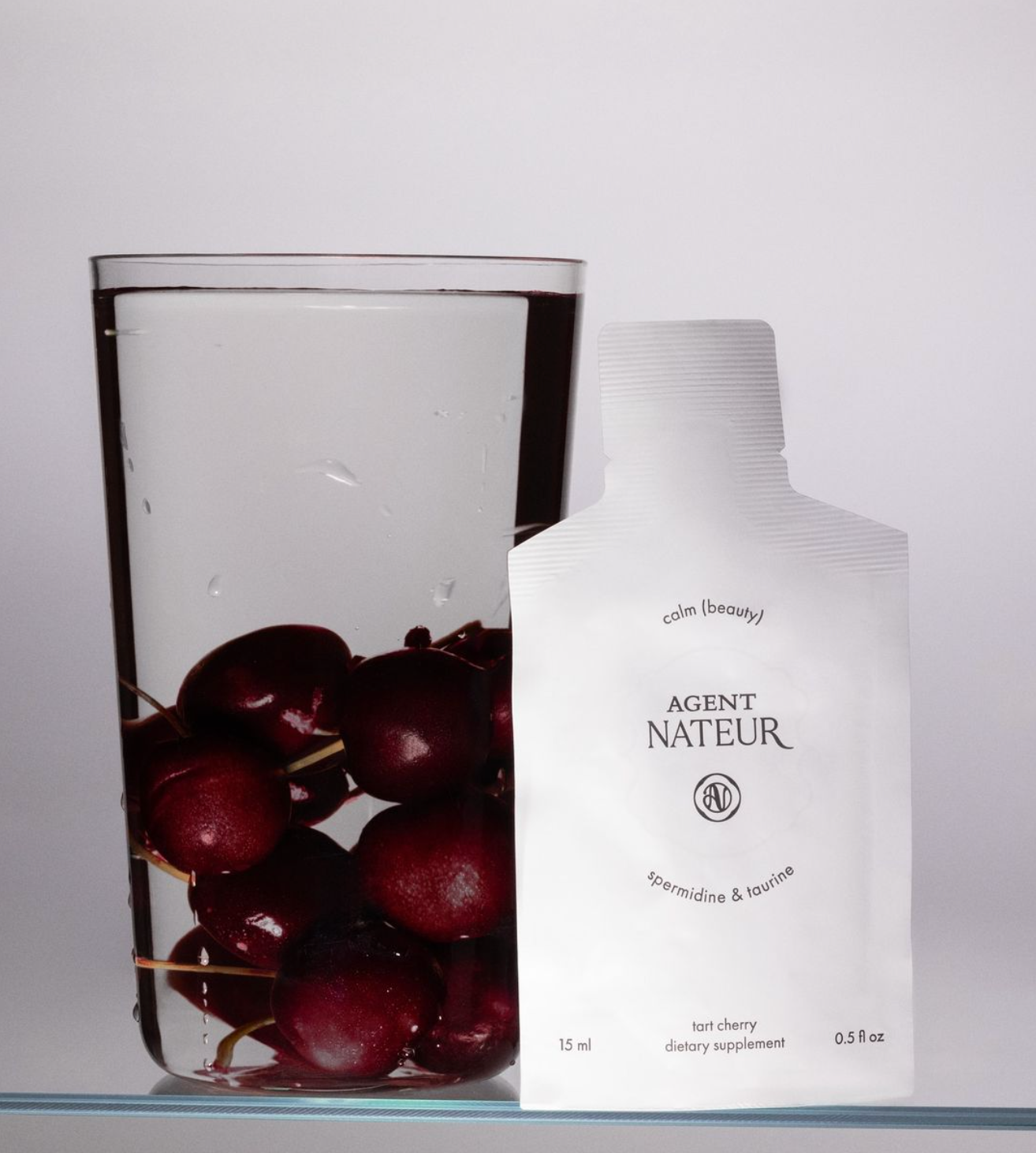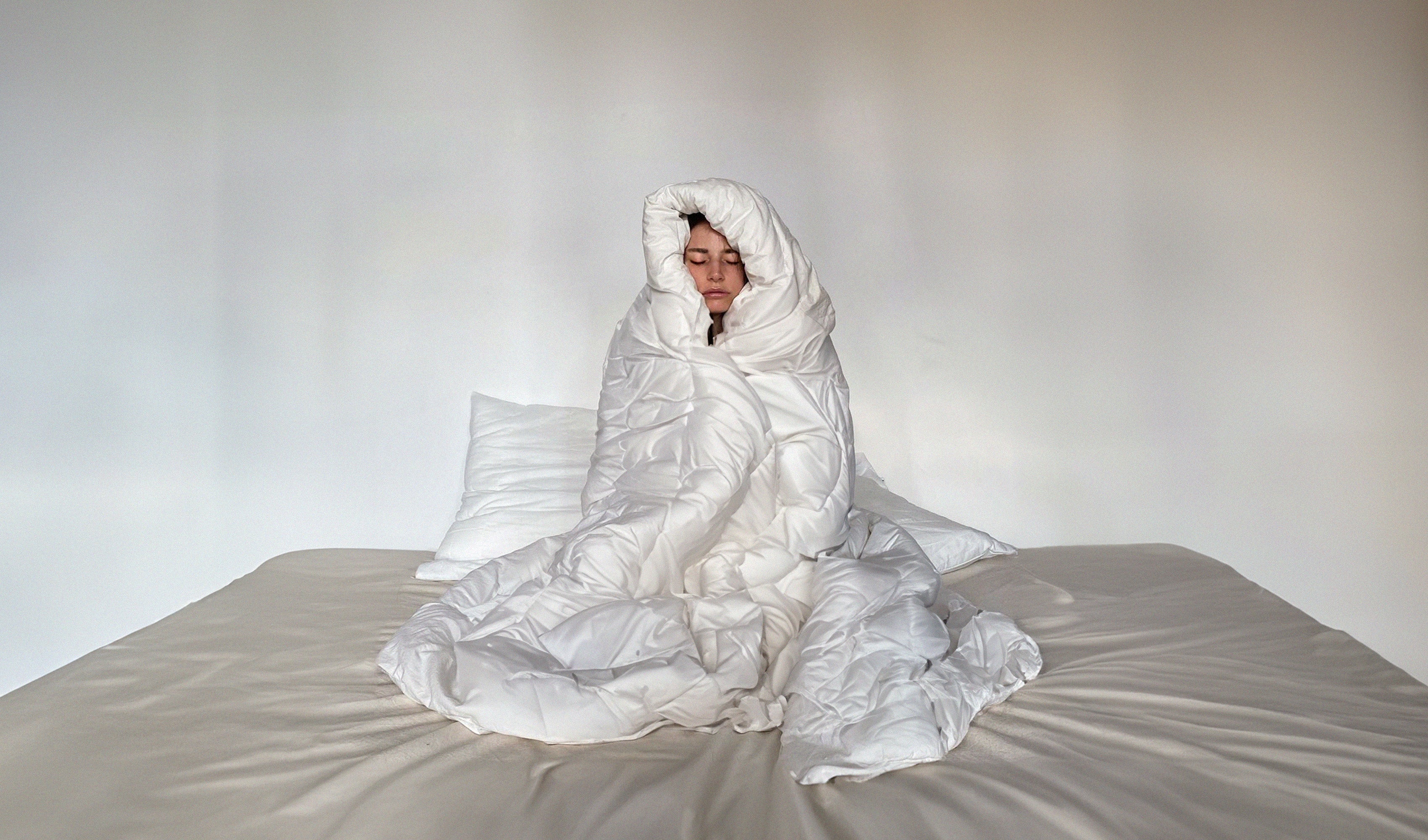The People Around You Can Heal You Or Hurt You

Something that I think sometimes gets left out of the healing journey is the importance of the people around us and how the people around you can either heal you or hurt you. The more and more I have learned about healing, I am seeing more information appear on the importance of nervous system health - and I think this is something we are going to see a lot more of in the coming years. The reason for that is because it is only when a nervous system is calm, balanced and in 'rest and digest' mode that it can even begin to start healing or working on itself. If the nervous system is in fight or flight, fawn or freeze, the body will really be in danger mode and will not feel safe enough to start working to repair itself, any health issues, or any trauma your body is experiencing. When the nervous system is not calm, it puts your body in a state of constant alarm and hypersensitivity to danger which leads to a state of inflammation all over the body. This state of inflammation takes your body away from being in a state of ease to a state of dis-ease (if you've never read the word disease like that, it's going to change your perspective on this totally!).
This concept of healing through our nervous systems is known as co-regulation. We have been co-regulating with our parents from the moment we were born (if not earlier!) so we've been doing this for as long as we can remember, even if we aren't aware of it.
From a young age, our bodies are hyper-aware of the people around us. As our attachment style starts to develop (around the ages of 18 - 24 months), we are starting to establish whether the people around us are attuned to our emotional needs or not. If we cry, does someone come? If we laugh, does someone laugh with us? If we reach to be picked up, does someone pick us up? When we needed something as children, we experienced nervous system dysregulation, which bumps us out of 'our zone' of happiness, calm and contentment. In these moments of dysregulation, as kids, we were looking to adults and our caregivers to soothe us. This is called co-regulation.
So, what is co-regulation?
Co-regulation is most simply described as a state where one nervous system calms another. The founders of the Polyvagal theory say that it is "through reciprocal regulation of our autonomic states [of our nervous system] that we feel safe to move into connection and to create trusting relationships". This means that as kids, we used our caregivers to calm our nervous systems, and if our parents were attuned to us, we were more likely to grow into adults with a nervous system that could stay calm, resilient and co-regulate itself too. The body retains a cellular memory of how to remain calm when something scary happens, and this leads to our own internal attunement,
On the flip side, however, if our parents weren't attuned to our needs, their dysregulated nervous systems might have dysregulated ours, and we might grow into adults that get used to this state of discomfort and dysregulation. A lot of trauma happens in these states of dysregulation. Once our nervous system is dysregulated, we often find it hard to calmly connect with other people - and that is really well documented in the now well-understood concept known as Polyvagal Theory.
The connection between the nervous system & good social engagement
Polyvagal Theory is based on the idea that our nervous systems are made up of two key branches (the sympathetic and the parasympathetic - think fight or flight and rest and digest). A resilient nervous system is supposed to be able to move between these states fluidly, never getting stuck somewhere but always coming back to center, balance and homeostasis.
If our nervous system is dysregulated, we might head into fight or flight, known as the sympathetic nervous system. This is a state of hyperarousal and perceived danger. We might feel emotions like rage, anger, fear, panic or anxiety, as the arousal of our nervous system increases. We will see physical and chemical changes in the body when this happens.
One step further from that is heading into hypoarousal and this is known as Dorsal Vagal Shutdown. This is the 'freeze' state when your body feels like they can't do anything to help the situation. Once again, the nervous system has a neuroception of 'threat', like the sympathetic, but it is more intense. This means that often people shut down, disassociate and feel numb, ashamed, hopeless and trapped. Any nervous system with a neuroception of threat is not one with a capacity for safety and social engagement.
So, it is really important to understand that social engagement is most likely to happen when the body is in the parasympathetic state, meaning it is a nervous system with a neuroception of SAFETY! When the body is in this ventral vagal state, and when this state is dominant, it means that the body can transition through fight and flight, and into freeze, and come back to balance as it is meant to. In this state of ventral vagal safety, we find calmness in connection. We feel settled, we feel calm, and we feel grounded. We feel mindful of the present moment and we are able to be present with our loved ones without shifting into any other states.
The follow on implications of these different states are big. If you're in fight or flight, your heart rate and adrenaline will go up. Your digestion and immune system will go down and your body will basically be panicking. If you head into freeze, your body will start to collapse. Your heart rate, blood pressure, temperature and muscle tone will all decrease, as will your immunity.
But when you're in the ventral vagal (your parasympathetic), your body is primed for connection and a state of good health. Your immune response increases, your oxytocin increases, your breathing balances, your digestion increases and you more generally experience better circulation, resistance to infection and health and vitality.
And on top of that? Healthy co-regulation and social engagement helps to nurture us into this parasympathetic even more, further creating a space for the body to be relaxed, connected and happy.
Stress & loneliness are a big issue though
One of the biggest challenges we face today is that stress and loneliness because both get in the way of this co-regulation and also continue to prevent us from connecting with those around us. Loneliness is an incredibly complex topic that is a huge stressor for people today, but that is a state in which it can cause our body to signal to our nervous system that our surroundings are not safe and we need to move into a state of protection. This situation is known as a 'trigger' where our body is 'triggered' into thinking it needs to be protected and that the environment is not ok. When we get stuck in these states, constantly being triggered, we stay stuck in the parts of our nervous system that are not meant to be stayed in for too long. A lot of studies have looked at, and have shown that loneliness is connected with, and adversely associated with, a lot of physical and mental health and lifestyle challenges. The challenge is, when we are lonely, we find it hard to co-regulate with others, because our bodies and nervous systems are not optimized for co-regulation, which can start a vicious cycle of us withdrawing, pulling away and exacerbating the loneliness, and the follow on health issues that can come from loneliness too.
How to overhaul your social community
Finding a community of people that you feel safe, seen and heard with is a really critical starting point, but, before that, it's important to know that it will be hard to co-regulate with others until you have learned to co-regulate with yourself. Working with a nervous system coach or breathwork practitioner can be a great way to start training your body to release from fight or flight and move into rest and digest. Embodiment practices like 'hand on heart' meditations can also help you attune inwards while you slow your nervous system down, and devices like the Sensate device can sit on your breast bone as you meditate and help to shift your nervous system state too.
Once you have started to get a handle on your own regulation, you can look to co-regulate with others. If you are in a romantic partnership, something as simple as eye-gazing, hugging, and placing your hand on each other's chest as you hold each other, has been shown to have powerful impacts on your heart rate and nervous system state.
And if you are single? Friendship and family relationships can provide an incredible answer here. For me my girlfriends bring me so much joy, happiness and laughter, and I know that their friendship is a big part of my healing journey. It's really important to be around people that you feel you can relax with and be yourself, rather than having to be on-edge because if you ever feel like you are on-edge, you are probably not regulating successfully.
You can also find supportive communities by joining specific programs or classes, whether that's a yoga class, or online programs around a specific passion, topic or interest. That's a great way to find like-minded people. I've met so many people on my wellness journey and some of them have become great friends of mine.
It's also important to prioritize time for community and connection with others, otherwise, life gets too busy, and this socializing can get pushed down the list. Quality time with people you love is important. Schedule this time with your girlfriends in your diary!
Another way to help with building connections is to just share small moments with your friends, messaging them telling you that you are thinking about them, or you saw something that reminded you of them. These are small things that can help to build up life changing partnerships for you, your friendships and your health.
And finally, it goes without saying - toxic relationships, whether they are romantic, friendship or business, need to be cut out of your life ASAP. These will jam your body into a constant state of fight or flight whenever you think, engage or meet with that person. They will be detrimental to you on an emotional, physical, mental and spiritual level and will send you on a rollercoaster that is not conducive to whole body wellness.
So, the goal is rest and digest and community-driven co-regulation. I'd love to know how you have found relationships to be helpful for you.
***THESE STATEMENTS HAVE NOT BEEN APPROVED OR REGULATED BY THE FDA. WE ARE NOT DOCTORS, THEREFORE ALWAYS CONSULT WITH YOUR DOCTOR FIRST





